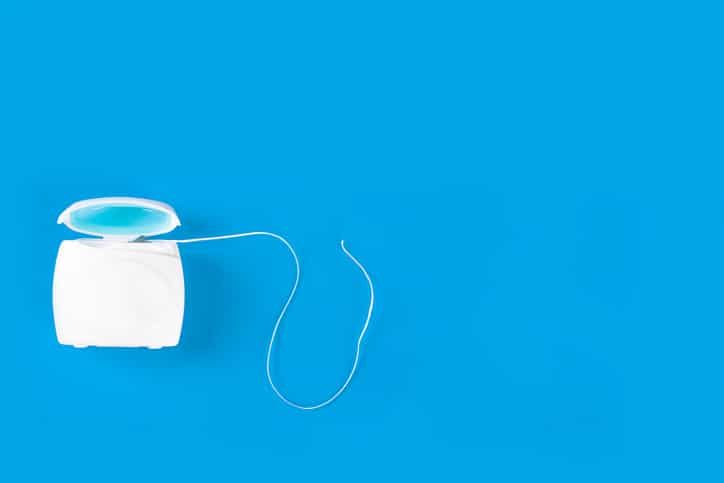
For most people, whether or not to floss is a silly question. Likely you have been harassed by your mother or dentist or advertising to floss for most of your lives. So why ask now?
Two years ago, an Associated Press report prompted the removal of the flossing recommendation from the federal dietary guidelines which had been in place since 1979. This change has caused a stir and left many confused and looking for answers.
The AP looked at 25 studies where the effects of toothbrushing were compared with toothbrushing combined with flossing. They found that the evidence that flossing directly reduces cavities or gum disease was “weak” and “very unreliable.” By law, the American Dietary Guidelines must be based on sound scientific research, and when approached by the AP, the federal government admitted that the flossing guideline did not meet this criteria and dropped the recommendation.
Don’t toss out the floss yet! At first glance, this may seem like an open and shut case, but the ADA cautions that “a lack of strong evidence doesn’t equate to a lack of effectiveness.” The Dietary Guidelines Advisory Committee did not change their position on flossing; they simply focused on their primary concerns of nutrition and diet.
Additionally, the studies have not been conducted in ideal conditions. None of the studies factored in flossing techniques which is a crucial aspect in effectiveness. Many people simply move the floss back and forth like a saw, rather than up and down the side of each tooth. Without accounting for flossing technique, it is unclear whether the limited effectiveness shown was due to user error or flossing itself.
A major criticism from the AP is that most of the studies were based on small sample sizes, short time frames, and short-term effects that do not necessarily prove the longer term claims. While the research does not provide strong evidence that flossing prevents cavities and gum disease, it also doesn’t prove that it does not. More research in this area is clearly needed, but that may prove to be difficult. An ideal study would contain a control group that did not brush or floss and compare them to a group who did floss consistently and correctly. However, since this approach would break ethical guidelines by having participants neglect their health, it is virtually impossible to conduct.
In the meantime, flossing is still overwhelmingly recommended by the ADA, Surgeon General, CDC, and Department of Health and Human Services. Dr. Iafolla from the National Institute of Health states, “It’s low risk, low cost. We know there’s a possibility that it works, so we feel comfortable telling people to go ahead and do it.” Dentists and their patients report seeing a reduction in bleeding gums and improvement in overall gum health when flossing is implemented regularly.
The ADA currently recommends brushing your teeth twice a day for two minutes, flossing once a day, and scheduling regular dental visits.
Search:
Categories
Archives
- September 2019
- August 2019
- July 2019
- June 2019
- May 2019
- April 2019
- March 2019
- February 2019
- January 2019
- October 2018
- September 2018
- August 2018
- July 2018
- February 2017
- November 2016
- April 2016
- September 2015
- August 2015
- June 2015
- May 2015
- April 2015
- March 2015
- January 2015
- December 2014
- November 2014
- February 2014
- January 2014
- October 2013






